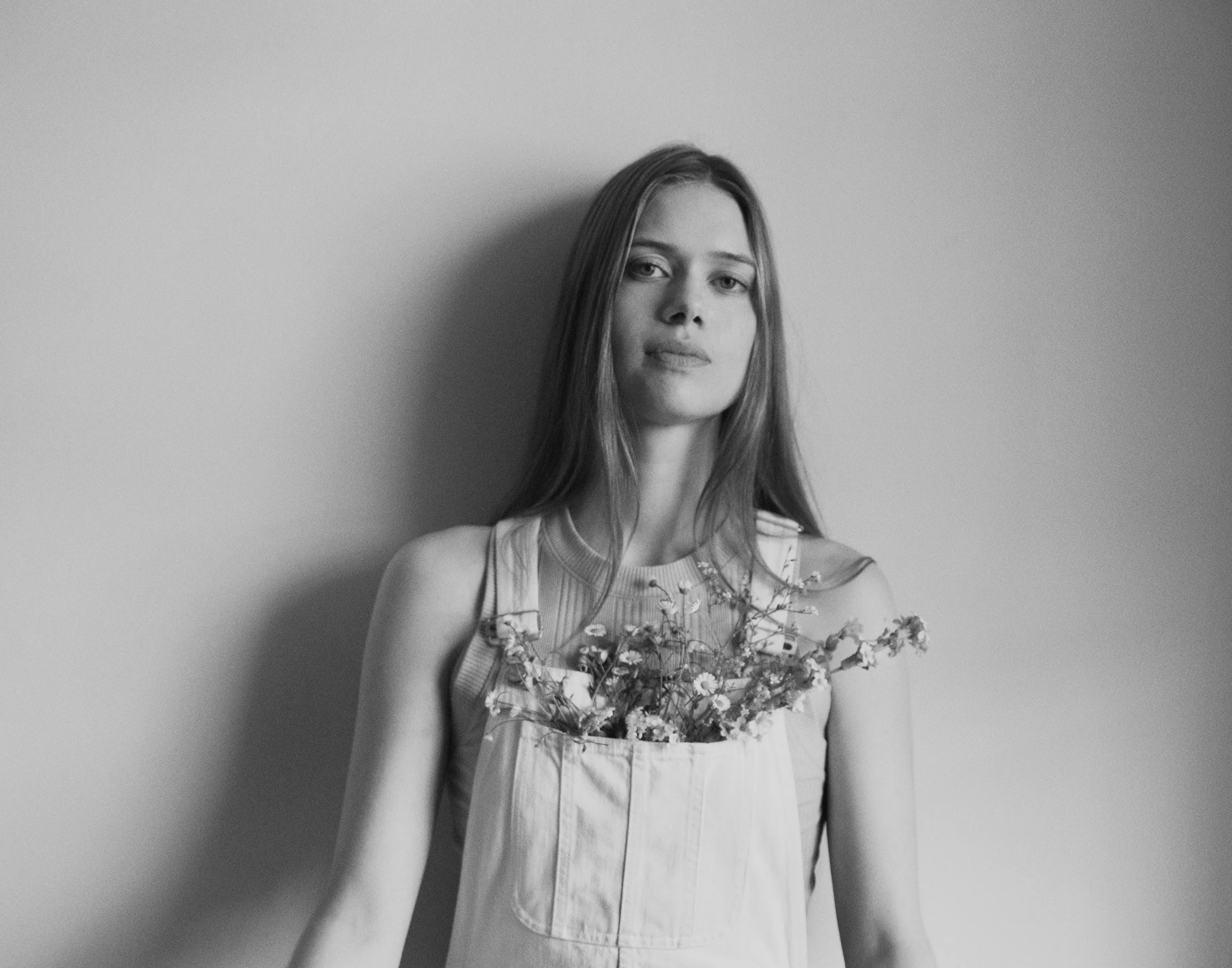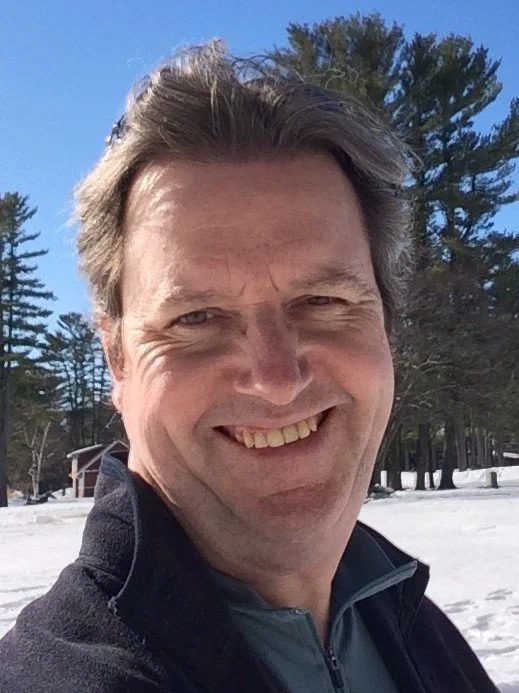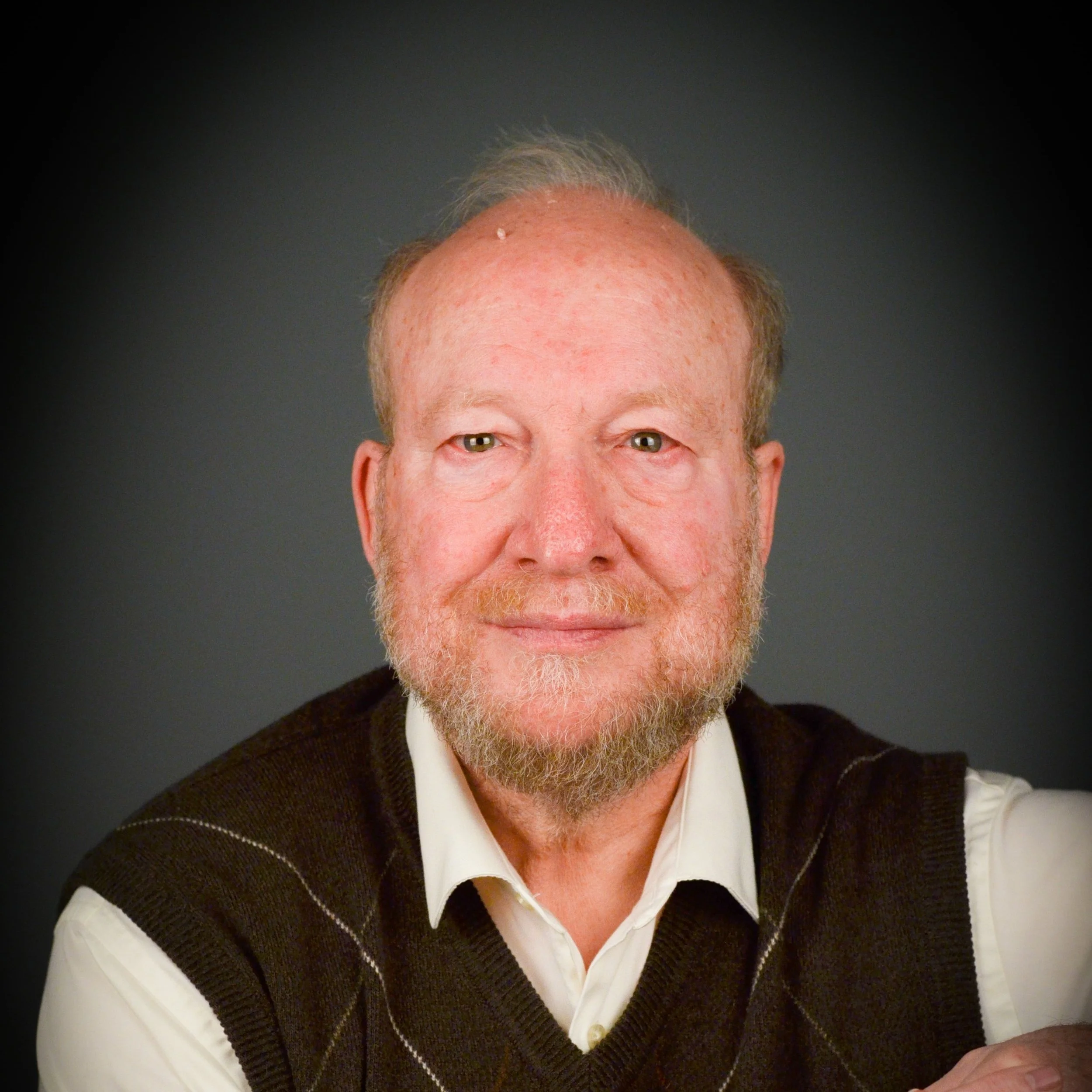By Brian Crouth
My memories
of boyhood and early teens
growing up
in the 1960’s
and early 70’s
are happy ones.
Blessed with loving parents,
I am the eldest of seven.
Though a household
with so many kids
was a handful at times,
my parents loved
having seven children,
and as siblings
we cherished the moments
we shared as one big family.
Saturday nights were
particularly special:
a weekly ritual
kicking off
with we kids
elbow deep
in flour and dough
for
“make your own pizza” night
followed by
all of us gathering
around the TV
for the CBS lineup of
Mary Tyler Moore,
Bob Newhart &
the Carol Burnett show
with paper cups
filled with root beer
and Bachman pretzel rods
for pretend cigars.
II
One of the high points
as a family
were our summer vacations with
Aunt Mary Jo and Uncle Phil
and our younger cousins.
In preparation,
my mom and aunt would
design a menu of entrees
they’d cook in advance and freeze.
We’d bring ours in a big cooler
wedged between suitcases
with the nine of us
in a station wagon
setting off on a 6-8 hour journey
to Cape Cod our first two summers
and later Rehoboth Beach in Delaware.
After long days
at the beach
marked by
tummy surfing
on Boogie Boards,
picnic lunches, and sunburns,
I couldn’t wait to run back
to our rented cottage
to relish the meal
to be unveiled that night.
All the pre-planning and love
that went into the main course -
followed by such
exotic desserts as
freshly baked Congo Bars
and crepe night -
only added to their deliciousness.
The joy and chatter
around the dinner table
spending time
with our
favorite relatives
we didn’t often get
a chance to see
made it extra special.
But the crown jewel for me
was the night handpicked
by our parents
when after dinner
we’d get to stroll along
the Boardwalk -
taking in
all of
the colorful sights,
and music,
and aromas
with our elders trailing behind.
Every summer
on Boardwalk night
I was a teenager on a mission,
perusing the open air storefronts
in search of that perfect decal
to be ironed on and create
my own personalized T-shirt.
II
One summer
around the age of 16,
I remember sitting
on my beach towel
next to the sandy spot
that Aunt Mary Jo staked out
with an umbrella and picnic blanket.
As my cousins
ran joyfully in & out of the surf
my own joy and enthusiasm
I had felt in summers past
wasn’t there.
Rather than sadness,
it was as if I felt nothing.
I could not understand
what was happening to me,
or think of any reason why.
This same
emotional blankness
followed me
to the other
vacation
highlights
I could always
count on
for joy and pleasure.
But nothing
could awaken me
from this
emotional deadening:
not the laughter and cheer
around the dinner table,
not the Congo bars,
not even the Boardwalk.
The harder that I -
or my parents
and aunt and uncle -
tried to shake me
from this state
without success,
the more confused
and discouraged I felt.
The best conclusion
any of us could come up with
was that I was experiencing
the fickleness of adolescence.
In actuality,
there was a name for this
emotional numbness and
inability to experience pleasure -
Anhedonia -
a core characteristic
of depression
and potent enough
to dull the delicious taste
of Congo Bars
and rob me of
my anticipation and joy
of Boardwalk night.
This would not
be the last time
I would experience depression.
With each episode, however,
I soon discovered that
a way through and out
of the darkness
was by writing Poetry.
III
Though my
clearest memory
of experiencing depression
wasn’t until I was 16
I began writing Poetry
at a much earlier age.
Even then,
my first Poems
foreshadow
someone with
a keen sense of
sorrow and loss.
One of my very first:
“Where Have All My Children Gone.”
was written at
the tender age of 12.
The Poem imagines
what my mother
might be feeling
after the seven of us
had grown,
leaving her
with an empty nest.
To this day, the Poem remains
beautiful and poignant, and
an audience favorite
for my stage readings
and podcast.
From my earliest Poems
unto this day,
Poetry has provided a way
to chronicle my experiences of depression
as well as serve as a means
to an eventual breakthrough
to free me from its
physical and emotional chains.
This breakthrough
consists of instant insight and clarity
coupled with energy
and exuberance
and an outpouring
of creativity
in the form of
a Poem or Poems -
sometimes in a single pen stroke.
The Poetry
that lifted me
out of the darkness
however,
held its own
darker dimension.
The span of time
from the onset of
a depressive episode
to a breakthrough
involved weeks of
psychic suffering
and successive nights
of sleep deprivation
as I pondered
in search of an answer.
The exhilaration
and euphoria of
coming out on the other side
created its own motive
and drive
to stay up into
the early morning hours,
or not sleep at all,
to pen the perfect poem
that held
the holy grail of answers.
Unknown to me -
or to
even my psychotherapists -
this was how my own
unique form of mania
was expressing
and cloaking itself.
This realization
would not arrive
until 25 years after
my initial experience
of depression as a teenager
when at the age of 41
the seriousness of an episode
required hospitalization
and for the first time
I was properly diagnosed
and treated
for depression and mania,
commonly referred to
as BipolarDisorder.
Until then,
during that 25 year period
between the ages of 16-41
with each depressive episode
I hung on to a hope
that this breakthrough
and Poem
that brought me
out of darkness
and despair
would finally
hold the answer:
putting a halt
to my recurring episodes
and freeing me
from my psychic suffering
once and for all.
Eventually,
I would come
to understand
that no breakthrough
or Poem by itself
would ever hold
a path to Healing.
But before
this could happen
I would first
need to experience
the stressors and triggers
and depths of illness
that awakened
the sleeping giant
of a major depressive
and manic episode.
And in that time of need
it would have only come
with the blessing
and good fortune
of being admitted
to McLean Hospital
in Boston -
world renown for
its patient care
and a leader
in the field
of mental health.
And even at McLean
it may have
never come
had I not
been placed
in the caring
and competent hands
of a young psychiatrist
and Harvard Professor
by the name of
Dr. Claire Carswell
at a monumental time
when I never
felt so scared,
betrayed, and all alone,
lost in the unknown
of what lie ahead
as a psychiatric patient,
and fearing that
this might mark
an end to any hope
for an answer to my depression
rather than
a new beginning.
IV
Upon admission
and observation
Dr Carswell
immediately determined
that what I was experiencing
was more than clinical depression.
Based on her assessment,
she placed me on a medication
mix more appropriate
for a person
suffering from depression
AND mania.
The fact that I
responded immediately
and began to stabilize
only validated
Dr Carswell’s
hunch
that Bipolar Disorder
was the correct
diagnosis.
To this day -
almost 20 years later -
the same triad of
a mood stabilizer,
an antidepressant,
and a dopamine and serotonin rebalancer
that also serves as a sleep aid
continues to be my
bread and butter
medication regimen.
After a 10 day period
to fully stabilize
I transitioned to McLean’s
Partial Hospital and
Intensive Outpatient Care.
While receiving the
benefit of daily 1-2-1s
w/ my mental health coordinator
I began attending groups
that provided
Self-Care essential skills
to reduce
my vulnerability
to depression
and mania
beginning with a structured
sleep routine.
As a group
we were also taught
Dialectical Behavior Therapy
or DBT:
an array of
Distress Tolerance,
Interpersonal Effectiveness
& Mindfulness skills
more akin to
going to school
for Life 101
than group therapy.
Since then,
I have been a lifetime learner
and practitioner of DBT.
This did not mean
I would never again
find myself in need of
a psychiatric setting.
When that
need arrived
it would be
Four Winds
Hospital
an 8 minute drive
from where I now live.
Four Winds
not only offers
the same Inpatient,
Partial Hospital,
and Intensive Outpatient Care
as McLean,
but the same DBT Skill-based treatment program.
Destabilized, in crisis,
or in need of
reaching out for
a higher level of care,
the staff at Four Winds
always welcome me
without judgment
chalking up
my return visits
as an oppty
to brush up
on my DBT skills.
The Monday-Friday
9am-4pm Day program
in addition to groups,
included an opportunity
to have my medications
fine tuned - often
a contributing factor for
destabilizing
as well as gentle walks
on their peaceful campus,
and a group cafeteria lunch break
to ensure healthy eating
and an opportunity to bond
w/ our patient peers
& fellow DBT learners.
Thus far,
it’s been 5 years
since I sought
extra help
beyond the outpatient care
of a psychiatrist and therapist.
And since Bipolar Disorder
is an incurable disease,
someday I may be
knocking on the door
of Four Winds once again.
And if a need arises:
rather than a feeling
of failure and shame
I’ll hold my head up
with hope and gratitude.
IV
Depression and mania never goes away:
it’s always present and something I’ll always struggle with - some days a little more, some days a little less.
During those stretches
when I’m able
to strive and thrive
sometimes I even forget
I have Bipolar Disorder.
But not to worry,
depression or mania
soon enough
will tap me on the shoulder
to remind me
they’re not going anywhere.
With each new day
my Healing Journey
continues to teach me
that the rhythmic dance
of my depression and mania
when tempered by medication,
caring and competent professionals,
and
a lifestyle designed
around Self-Care
does offer the answer
that I had always hoped to find.
As for my Poetry,
I no longer need
to endure
extended periods
of psychic pain
and depriving myself of sleep
in a creative frenzy to write a Poem.
But there was a time
after I was first
diagnosed and treated at McLean
that the medications required
to keep my depression
and mania in check
also silenced my Poetic Inspiration.
And it left me with a decision to make:
live w/ untreated Bipolar Disorder
choosing misery for the sake of the Muse
OR
opt for a healthier
and happier life -
even if it meant I might
not ever write Poetry again.
Then and now:
I choose Life!
V
Thankfully over time by
•Staying faithful to my treatment plan, •Building my knowledge and skills to navigate my illness, and
•Uncovering new touch points
for Healing and Creativity
new pathways have opened to Inspiration and writing Poetry again.
This shift has shaped
most dramatically
in the last seven years
when I decided
that the safest bet
to hedge
another major episode
and avoid hospitalization
was to retire at the age 53
with the help of Social Security Disability.
It was time to choose Life once again!
VI
Yes, a history of mental illness
runs on both sides of my family,
but so does longevity.
And with more room
for Self-Care
and co-managing
my depression and mania,
comes
more time, energy
and opportunities
to create a way
to share
both my Poetry
and Healing Story
in my podcast:
Brian’s Poetry Oasis.
Through storytelling, music,
and Poetry
I invite listeners
to accompany me
on my Healing Journey
while offering them
their own Moment
for Self Care and Healing,
thus enabling me
to move from
Hurting to Healing to Helping.
Closing Poem:
Who in this room?
Who in this room
has felt no pain?
Who in this room
has never suffered?
Who in this room
walks through life
with low self esteem
because somehow
you feel you deserve to?
Who in this room
is in such a rush;
conditioned
since childhood
to push, push, push;
to chase away fears
you can’t even name,
that tell you, you’re never enough?
Who in this room
has yet to be blessed
with the ache of a broken heart,
who took a chance to risk it all
to find your One True Love?
Who in this room
this very night
will step on to this stage,
share all of yourself
and hide nothing,
unlocking the door
of your cage,
flying free in a room
full of artists and friends
who support and encourage,
never judge,
where together, all of us,
create so sacred a space
that it feels more like church
than church does.
© 2018, 2022 Brian Crouth
Brian Crouth is a poet, performer, and podcast host from Saratoga Springs, NY. Since the onset of depression at the age of 12, his poetry has enabled him to be an active participant in his healing journey. By making his journey visible through poetry, music, and storytelling, Brian offers a healing path for others.































